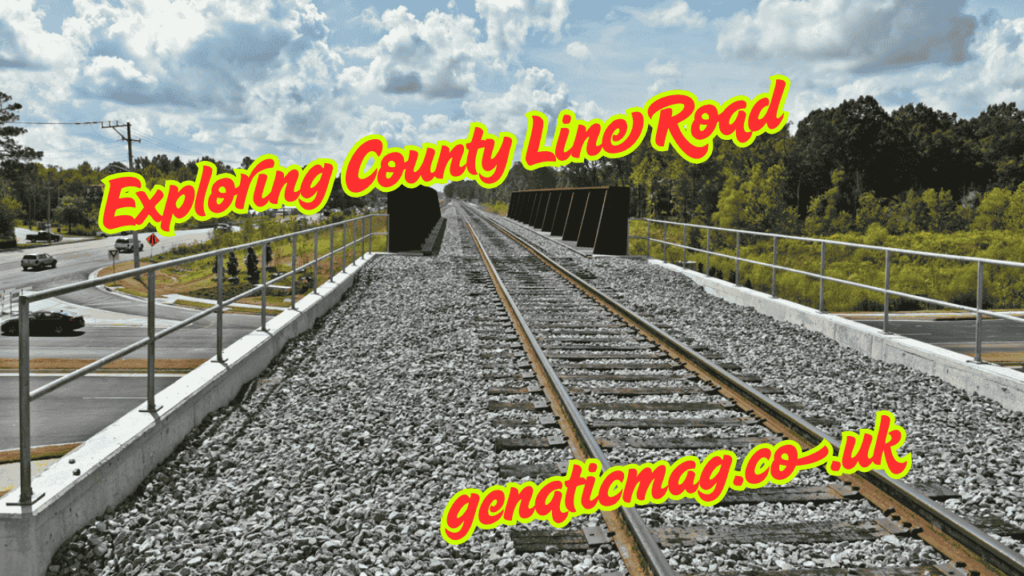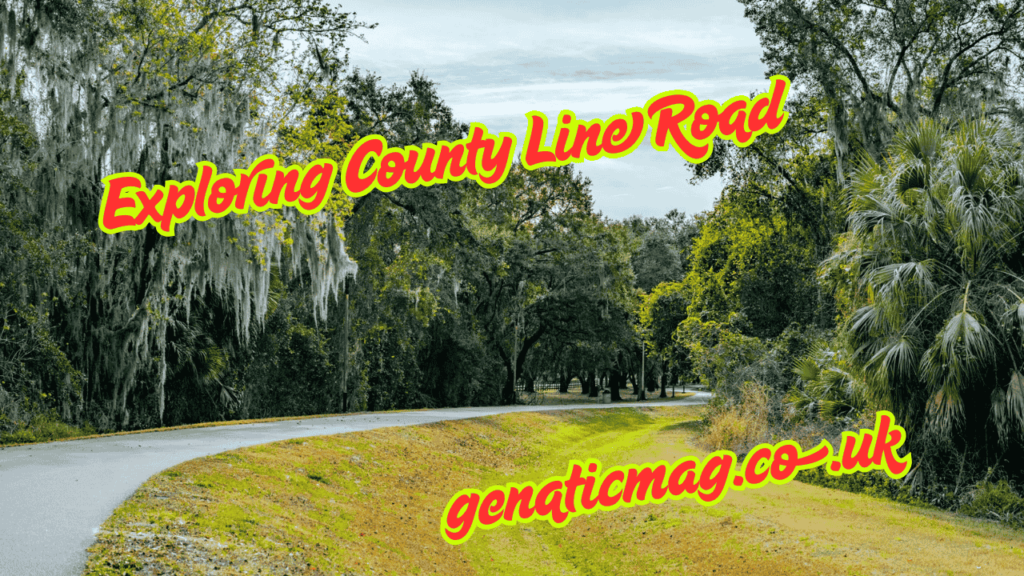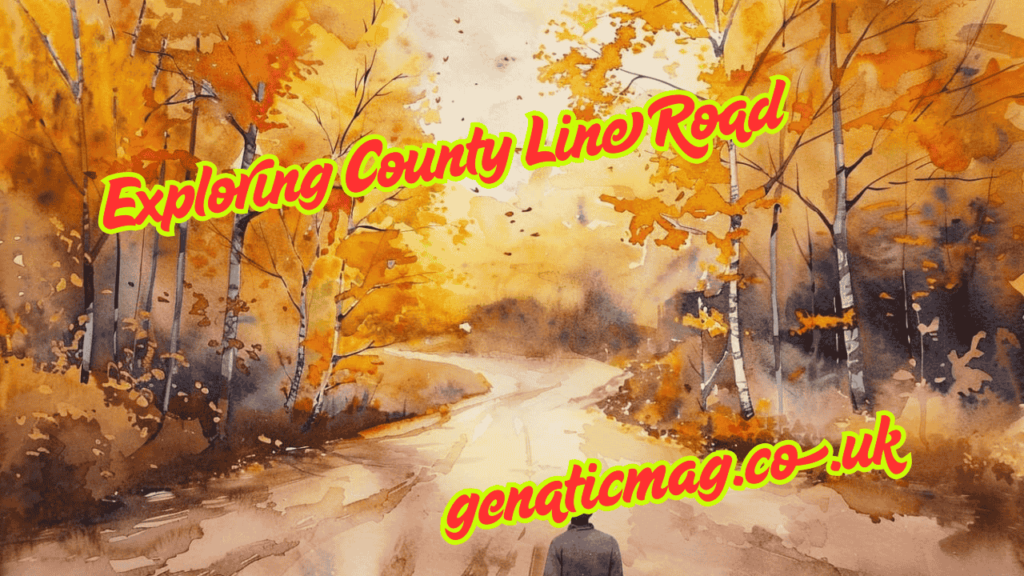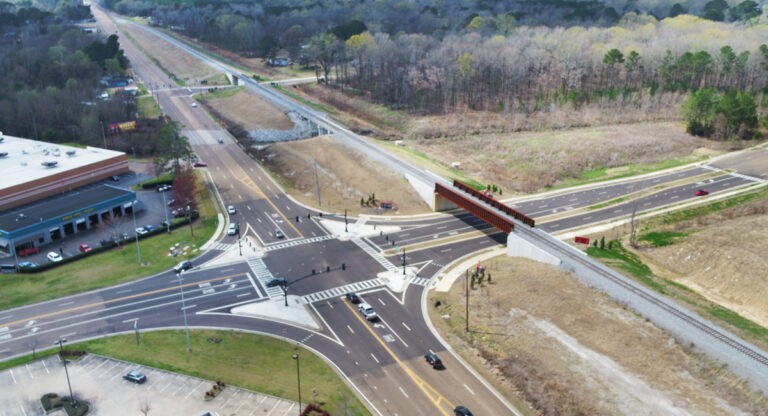More than simply a route that separates areas, County Line route is a striking example of culture, time, and the overlapping lives of many generations. Regardless of the perspective of geography, history, or community, County Line Road has established itself as a distinctive route that connects the past and present. Exploring County Line Road: A Journey Through History and Community, Culture, and Change is an essay that provides a thorough look at the history and legacy of this iconic highway.
The Origins of County Line Road: Boundaries That Built Communities

One must start with its beginnings in order to fully comprehend County Line Road. In the past, counties or jurisdictions were often separated by roads such as County Line Road, which functioned as actual border markers. Although its name implies division, County Line Road has traditionally served to unite communities. The road served as a vital link in both rural and developing suburban regions as farmers, merchants, and townspeople utilized it for commerce, travel, and communication.
In many regions across the United States, County Line Road symbolized the line between agricultural life and expanding urbanization. The road would often intersect old farmsteads and mills, becoming a historical marker for economic shifts and regional evolution.
Exploring County Line Road: A Journey Through History and Community Development

County Line Road had significant changes in the 19th and 20th centuries. The road’s infrastructure developed in tandem with the towns’ prosperity and population growth. From a straightforward dirt road, it developed into a paved, heavily used thoroughfare that supported cars, business, and people on their way to work.
Many local historians underline how County Line Road formed a structure around which suburban settlements were created. Schools, churches, and municipal institutions emerged along its course, reflecting the ideals and ambitions of the people who moved there. With each passing decade, the road became more than a physical division—it became a site where tales converged and traditions were handed on.
From family-owned diners to mom-and-pop hardware stores, County Line Road encapsulated the spirit of small-town America. The businesses that emerged became community anchors, serving generations of residents and forging connections that have lasted decades.
Culture and Identity: What County Line Road Represents Today

One of the most intriguing aspects of Exploring County Line Road: A Journey Through History and Community is understanding how its cultural impact has grown over time. In many towns, the road has become synonymous with local identity. It may represent the “border” between high school rivalries, the division of voting districts, or even the symbolic line between urban and rural living.
Cultural events often use County Line Road as a focal point, including parades, festivals, and community clean-up drives. Residents from both sides of the road often gather for these events, reinforcing the idea that the road is a connector rather than a divider.
This sense of identity is visible in the way residents reference County Line Road in their daily language. For many, it’s not just a road—it’s a landmark, a directional reference, and an emotional compass that points to home, belonging, and shared experience.
Preserving the Past: Landmarks and Historical Sites Along County Line Road
No investigation of County Line Road is complete without noting the various historical sites that lay along its course. Old churches with bell towers still ring out over adjacent areas. Schoolhouses erected in the early 20th century have been repaired or turned into community centers, maintaining their past.
There are also lesser-known gems: cemeteries dating back to the Civil War era, original homesteads preserved by historical societies, and even remnants of indigenous trails that predate the road itself. These sites give travelers and locals alike an opportunity to connect with history in a tactile, deeply personal way.
In recent years, community efforts have sprung up to preserve these landmarks. Historical markers, walking tours, and educational programs ensure that the next generation understands and values the legacy of County Line Road.
Modern Transformation: Growth, Traffic, and Infrastructure Challenges
While Exploring County Line Road: A Journey Through History and Community evokes nostalgia and cultural pride, modern challenges also shape the narrative. Increased population density, urban sprawl, and industrial development have placed new demands on this historically significant road.
Traffic congestion has become a concern in many places, especially where County Line Road intersects major highways or serves as a commuting shortcut. Debates over widening the road, implementing bike lanes, and improving safety have become hot topics at local government meetings.
Residents are often torn between preserving the historic charm of County Line Road and embracing necessary modernization. The push-and-pull dynamic between growth and heritage is a defining feature of contemporary life along the road.
Voices from the Community: Stories That Define the Road
One of the most powerful aspects of Exploring County Line Road: A Journey Through History and Community is the people themselves. Oral histories and community storytelling offer insight into what County Line Road means on a personal level.
Take, for example, the story of the Anderson family, who’ve operated a produce stand on the road since the 1950s. Generations of customers recall stopping there on summer weekends for corn, tomatoes, and homemade jams. Or consider the tale of two high school sweethearts from opposite counties who met at a community dance held right on County Line Road and later got married.
These personal anecdotes transform the road into a living narrative, built not only on pavement but on memories, friendships, and shared milestones.
Looking Forward: The Future of County Line Road
As towns change, so does the tale of County Line Road. Planners, citizens, and preservationists are actively determining its future. New zoning plans attempt to preserve a balance between business growth and residential calm. Meanwhile, eco-conscious projects are integrating green areas and pedestrian-friendly modifications to encourage sustainable usage of the road.
Schools and civic organizations are also using County Line Road as an educational tool. From student art projects to local history essays, the road continues to inspire creative and civic-minded engagement.
In short, County Line Road’s legacy is still being written. As long as people travel its length, gather along its edges, and remember its stories, the road will continue to thrive as a beacon of history and community.
Conclusion: More Than a Road—A Legacy
Exploring County Line Road: A Journey Through History and Community, Culture, and Change reveals a path rich in legacy, meaning, and transformation. From its earliest days as a dusty boundary to its current role as a vibrant artery of commerce, culture, and connection, County Line Road has always been more than a route—it’s a reflection of the people who live along it.
As we look back and move forward, County Line Road stands as a symbol of continuity and shared heritage. Its history is written not only in maps and signs, but in the hearts of those who call it home.
Also Read : Tony Birtley: A Comprehensive Look at His Life and Work
